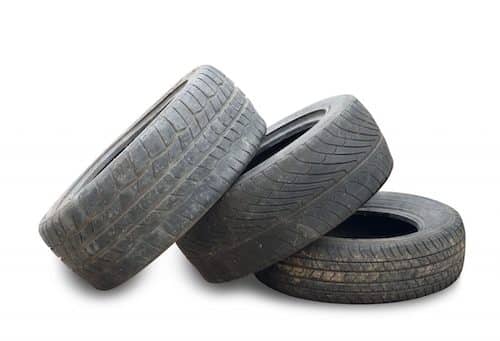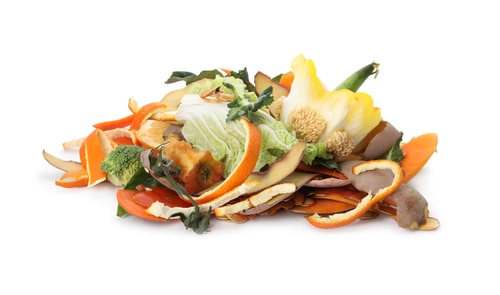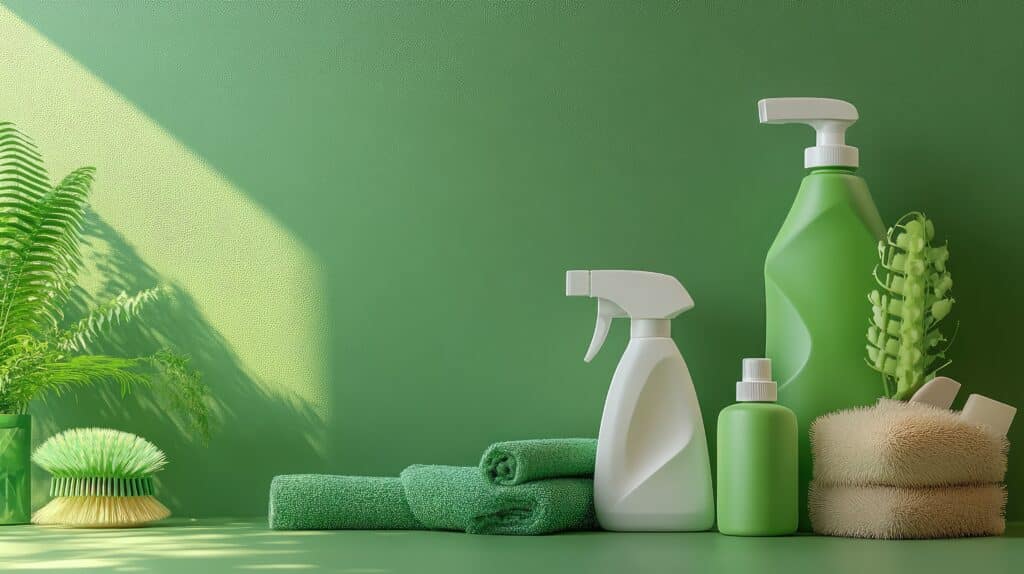Could you go an entire day without using plastic?
Plastic is imbedded in every aspect of our lives. From the keyboard I am typing on, to the toothbrush I used this morning, to the milk jug I poured my milk from, the list is endless. We have produced more plastic in the last ten years than we have during the whole of the last century. The average American throws away approximately 185 pounds of plastic per year.
So, why can’t we recycle all of it?
On the bottom of most plastic containers you can find a small number within the three chasing arrows. Just because a plastic container has this recycling symbol on the bottom, it does not mean it can get recycled. The stamp is a Resin Identification Code, or RIC, and the numbers indicate exactly what type of plastic is being used for that container.
There are seven resin codes used inside the chasing arrow symbols:
- PET – Polyethylene Terephthalate, which is used to make pop and water bottles.
- HDPE – High Density Polyethylene is opaque and typically used in bottles that store laundry detergent and milk.
- PVC – V Polyvinyl Chloride, which is found in plastic pipes, flooring and imitation leather.
- LDPE – Low Density Polyethylene, which is found in plastic bags, and plastic wrap.
- PP – Polypropylene, which is used for yogurt containers, straws, and bottle caps.
- PS – Polystyrene is used to make disposable cutlery and is also found in Styrofoam.
- Other – This category covers a vast mixture of resins and includes some food containers.
Plastic Resin Codes: Click here for more information.
These numbers were designed to inform manufacturers of toxic chemicals used in the plastic, how likely the plastic is to leach these chemicals, how bio-degradable the plastic is, and categorically, the safety of the plastics.
So, what determines the recyclability of plastic you may ask?
Well, simply put, if there’s a demand in the market then companies will pay for your post-consumer recyclables. Without a market demand, those recyclables are nearly useless. Placing them in the recycling bin won’t make a difference if someone can’t make money off them. If the demand isn’t there, or the quality of the materials post-use is incurably dirty, they end up in landfill.
Here, at the STW Recycling District, we currently collect plastic bottles and jugs only.
The plastic containers must have a neck and shoulders on them and be clean, dry, and empty. This is what the current market and our processors are asking for.
PET or PETE (Polyethylene Terephthalate) is the most common plastic for single use bottled beverages, because it is inexpensive, lightweight, and easy to recycle. It poses low risk of leaching breakdown products. However please be aware that not all PET is accepted. We are looking for containers such as soft drink bottles, water bottles, ketchup bottles, mouthwash bottles, peanut butter containers, salad dressing containers, and vegetable oil containers, just to name a few. After these clean recyclables are collected and processed, they are recycled into polyester, fibers, tote bags, furniture, carpet, paneling, and strapping material.
The second plastic material we are seeking is HDPE (High Density Polyethylene) which is a versatile plastic with many uses, especially for packaging. It also carries low risk of leaching and can be easily recycled into many goods. We accept materials such as milk jugs, juice bottles, bleach, detergent, and other household cleaner bottles. This material is made into things such as recycled laundry detergent bottles, oil bottles, pens, recycling containers, floor tile, drainage pipes, plastic lumber, benches, doghouses, picnic tables, fencing, and shampoo bottles.
For more fun and interesting recycling facts, click here!


